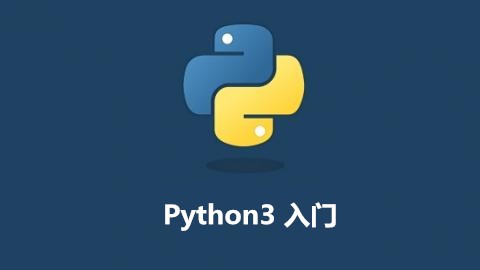# -*- coding: utf-8 -*-
from sys import argv # 从sys模块导入argv函数,
#「argv」是「argument variable」参数变量的简写形式。一般在命令行调用的时候由系统传递给程序。
# 一般在命令行调用的时候由系统传递给程序。
script, filename = argv # 利用argv函数,把 argv 中的东西解包,将所有的参数依次赋予左边的变量名
print "We're going to erase %r." % filename # 打印文件名参数
print "If you don't want that, hit CTRL-C (^C)." # 提示输入CTRL+C就退出程序
print "If you do want that, hit RETURN."
print "Here is the original file: "
txt = open(filename) # 使用open函数打开文件,并把内容存到txt变量中
print txt.read() # 读取txt的内容并打印出来,这一块是为了读取未清除文件内容并写入其他内容之前的内容
raw_input("?")
print "Opening the file..."
target = open(filename, 'w') # 以写模式打开文件
print "Truncating the file. Goodbye!"
target.truncate() # 用truncate函数清除文件内容
print "Now I'm going to ask you for three lines."
#line1 = raw_input("Line 1: ") # 写入三行内容,保存到line1,line2和line3的变量中
txt1 = open(filename, 'w')
txt1.write ('This is a test.\nReally, it is.')
txt1.close()
print "I'm going to write these to the file."
target.write(line2) # 使用write函数把line1变量中
target.write("\n") # 使用write函数写入一个换行符
target.write(line2) #使用write函数把line2变量中
target.write("\n") # 使用write函数写入一个换行符
target.write(line3) #使用write函数把line3变量中
target.write("\n") # 使用write函数写入一个换行符
print "And finally, we close it."
target.close() # 关闭文件
filename1 = raw_input("input a filename: ")
filename1_open = open(filename1) # 打开文件
print "Here is the new file content: "
print filename1_open.read() # 读取新的文件内容
print "close opened file..."
filename1_open.close() # 关闭文件

 随时随地看视频
随时随地看视频




